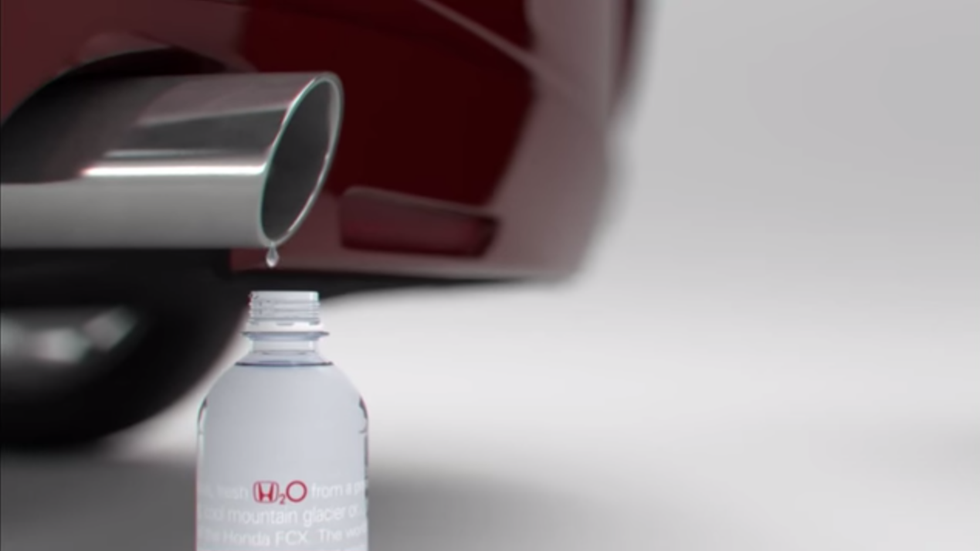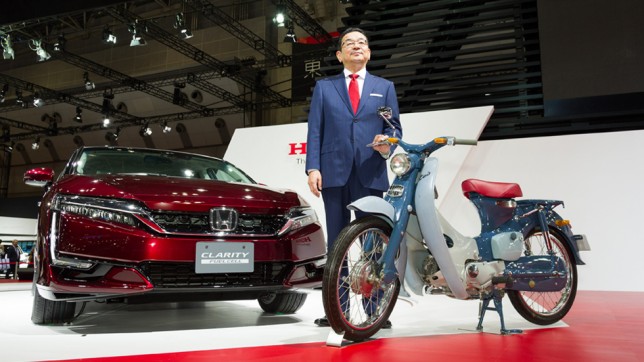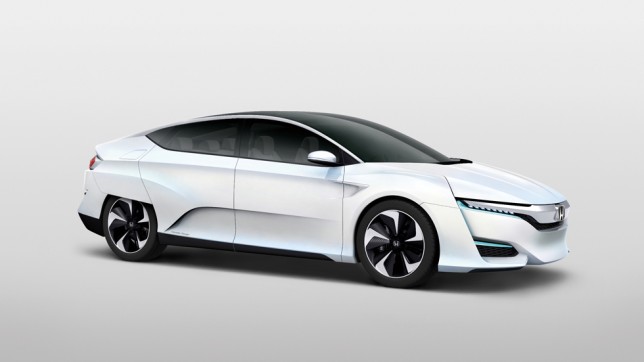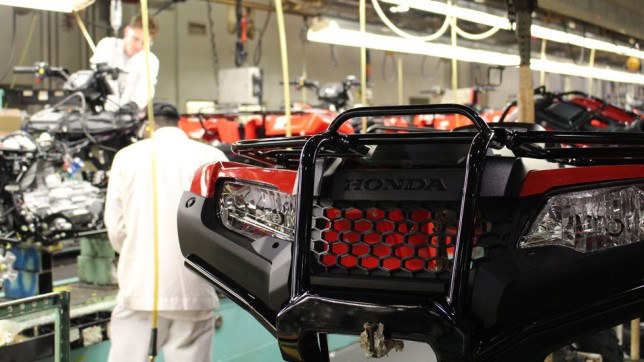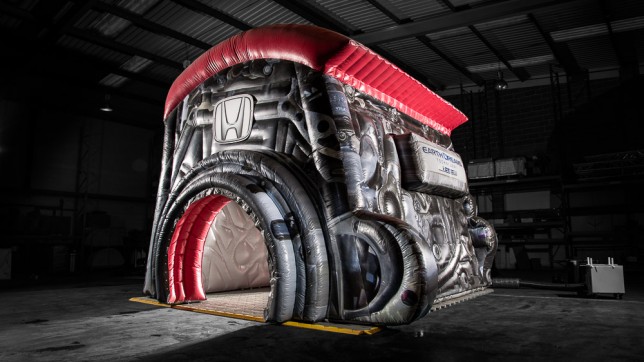By Sophie Morris
Honda is rightly proud of its reputation for being at the forefront of sustainable innovation across all areas of our business, but the new FCX model marks a truly groundbreaking development in automotive history.
The Honda FCX Clarity Fuel Cell Electric Vehicle (FCEV) runs on hydrogen instead of petrol. In fact it’s the world’s first mass production car to use compressed hydrogen as a fuel source. And what do you get when you split hydrogen to create electricity to power the car? No CO2, no pollution, just one emission; pure water.
To highlight this incredible fact, and go some ways towards quenching their fellow Aussie’s thirst, Honda Australia has launched a new brand of water called, simply, H2O. Designed to demonstrate just how exciting the potential of Honda’s sustainable hydrogen fuel cell technology really is, the water will be sold at service stations and dealerships around the country to spark conversations and get people thinking.
‘We believe in the power of clever thinking’, says Jason Miller, Honda Australia’s General Manager of Communications and Customer Service. ‘Our work designing cars like the FCX is the embodiment of this ethos. H2O is an engaging way for us to demonstrate our commitment to reducing our environmental footprint to people, instead of simply telling them.’
More sustainable thinking: coconuts into charcoal
Cambodia has one of the world’s worst rates of deforestation, and much of this is because the country depends on its trees for fuel as well as timber; around 80% of the country uses wood or charcoal for cooking.
Step forward Sustainable Green Fuel Enterprise (SGFE), a smart organisation which is turning coconut shells into clean fuel.
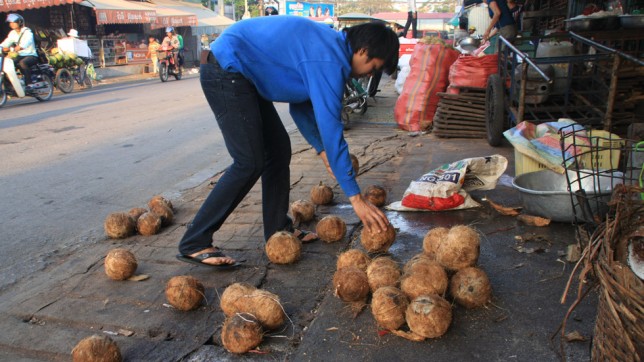
SGFE is turning coconuts into fuel for Cambodians
The husks from the everyday nut, along with other waste products, are turned into clean-burning briquettes which are then burned as cooking fuel in the homes and restaurants of Phnom Penh.
This sort of development is a much better solution for ordinary people as well as for the environment, as family restaurant owner Lin Haiy explains: ‘The old charcoal used to burn your clothes and it was smoky and dirty. This is much better and it burns for longer.’
Traditional charcoal is also associated with many deadly respiratory problems as users spend hours in smoke filled homes, inhaling the toxic fumes while cooking.
This unique win-win solution was honoured in May 2014 with an Ashden Award, which supports local and sustainable energy solutions. Learn more about the awards and watch how SGFE turns coconut shells into fuel briquettes.
Coke bottles into headphones
If you thought celebrities like will.i.am of the Black Eyed Peas were only about making money and flaunting it well, you’re not entirely right.
will.i.am is well known for speaking his mind on issues of global importance, and his EKOCYCLE project encourages big brands – the really big ones like Coca-Cola, Adidas, and Levi’s – to recycle their waste products into new products.
After seeing how much waste was created after just one concert he gave, the star realised that he was part of the problem. ‘The reason why a city doesn’t recycle is because people don’t see waste as a commodity,’ he told The Guardian in an interview last year. ‘They see waste as waste. I was like, wow, with the technology we have today it’s only waste because we waste the opportunity to turn it into something else. So let’s not recycle, let’s upcycle.’
This might be big talk, but it isn’t bluster. You have no doubt seen one of the outcomes of EKOCYCLE; the oversized Beats by Dre headphones are huge sellers and are made from 31% recycled materials.
The headphones also managed to escape the fate of many recycled or environmentally friendly products, in that they look good and are coveted by both the young and the fashionable. In the collection you’ll also find snappy suits made from 58% recycled materials, Levi’s 501s (29% recycled) and caps (42% recycled).
Chutney and pickles from waste food
A 2013 report found that British families throw out 4.2m tonnes of edible food each year, equating to one whole meal a day or £60 worth of food every month.
That seems incredible, but even more alarming is the volume of food wasted before it gets anywhere near our shops, supermarkets or fridges.
Jam and chutney producer Rubies in the Rubble, founded by Jenny Dawson, discovered that at one market alone, Spitalfields in London, there were over 250 tonnes of food waste each week. The approach was simple; take the waste and turn it into a premium food product, creating jobs along the way.
Just four years after Dawson began working on her idea, Rubies in the Rubble products are stocked in markets, delis and Waitrose stores around the country.



